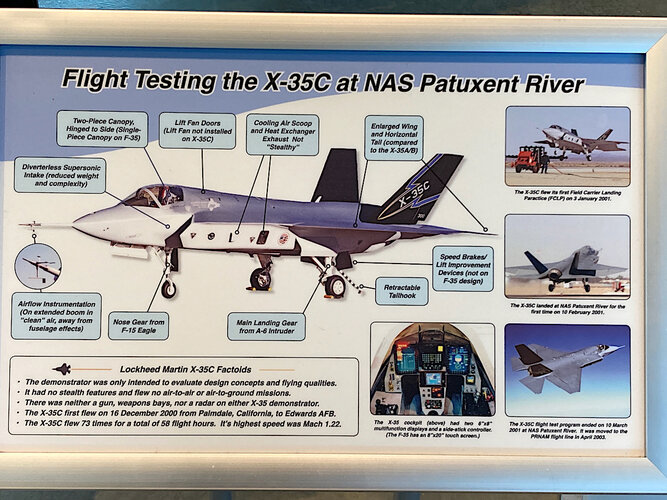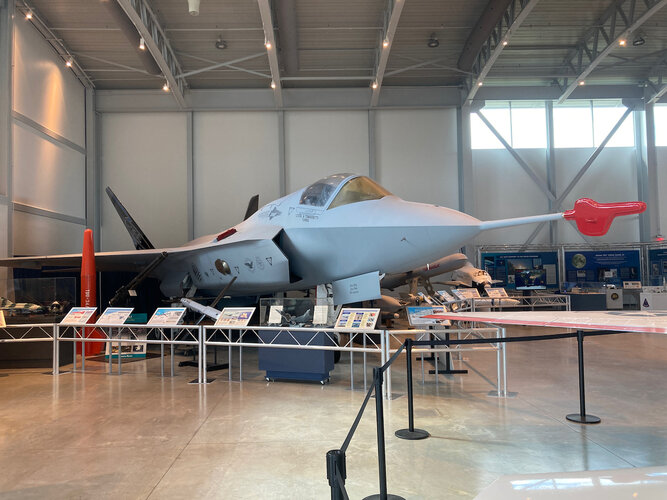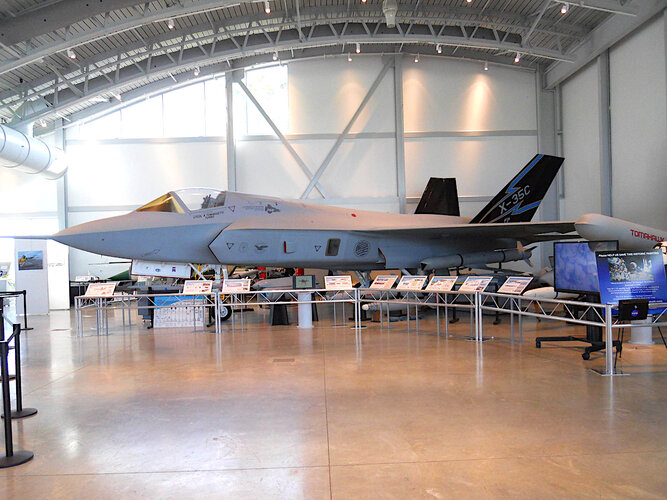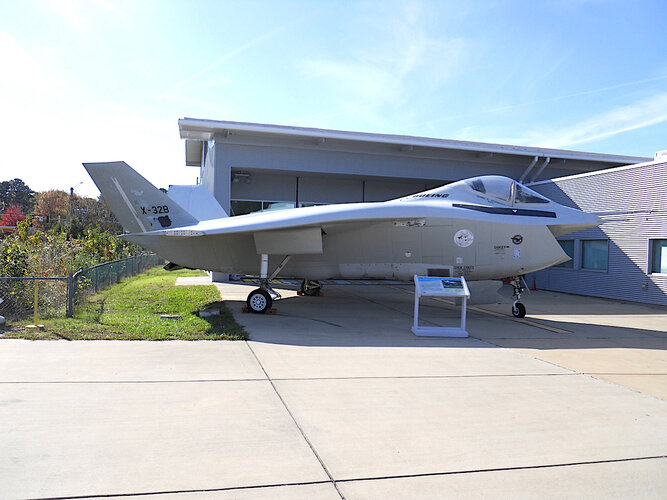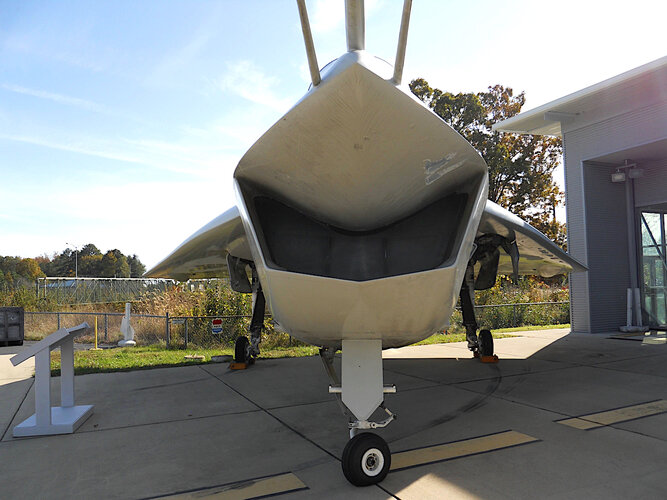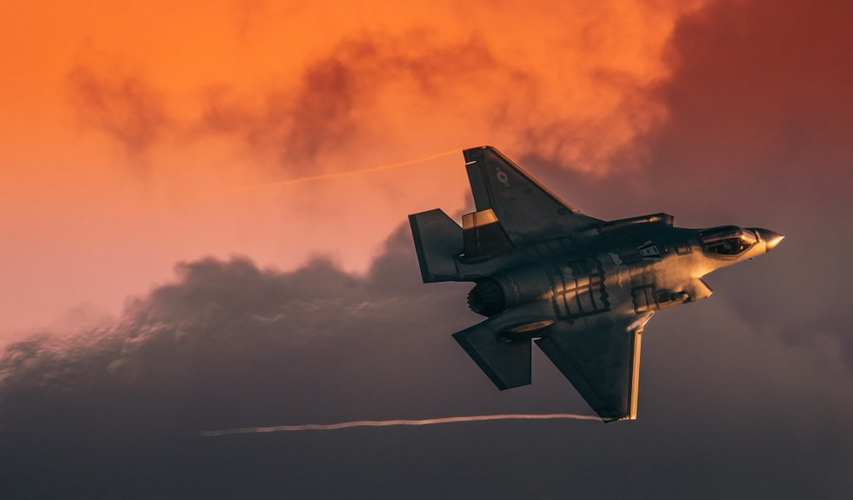- Joined
- 17 October 2006
- Messages
- 2,393
- Reaction score
- 1,194
If I had to name one link, it's that doing A2A with stealth is really difficult and requires real-time machine fusion of your radar with passive sensors and offboard data. In the 80s (F-22 architecture) that was considered supercomputer power and you could only fit one such computer on the airplane, so it did everything, including FCS and VMS. In 1994 there was no other way to do it so F-35 is the same.I can only assume LM has scooped up huge numbers of coders in recent years, yet I'm still left asking what the hell the problem is? For all of the things Lockheed gets right, they seem particularly bad when it comes to the software side of things. The F-22 also had its own long list of problems there, and difficulties with integration of updated hardware, but the whole point of the tech refreshes and such was based on that experience. So where is the weak link in the chain here?
Trouble is, it's not only complex (in the sense of lots of things interacting with each other and with the outside environment) but because it gets into FCS/VMS it's flight-critical. So whenever you change anything you have to do regression testing to make sure haven't gooned up something important that worked before. Like when you plugged a scanner into your computer and the printer stopped working.
With more computer power in less space, you could do it differently, with more processing at the sensor, and Saab were the first to borrow the idea of partitioning the mission functions from FCS, which was part of Gripen NG from the outset (2007). That's how it's done on the B-21 (and, I believe, Rafale F4). But with F-22 and F-35, the upgrades are slow and painful.


